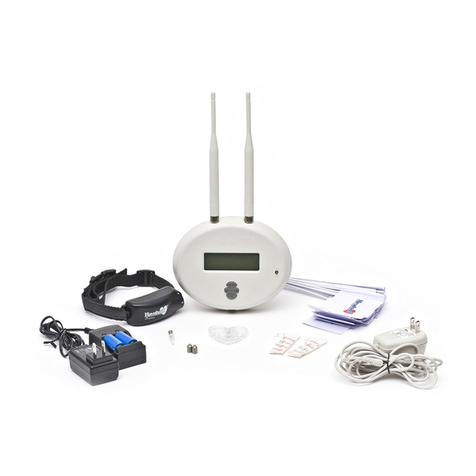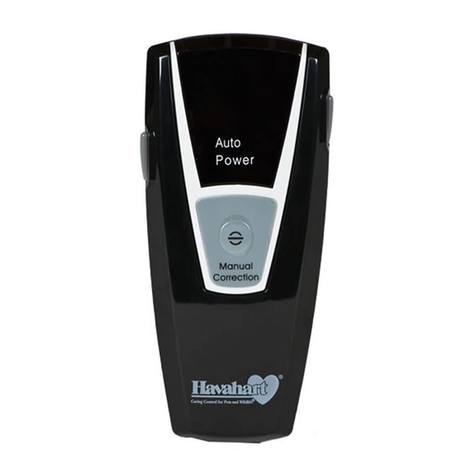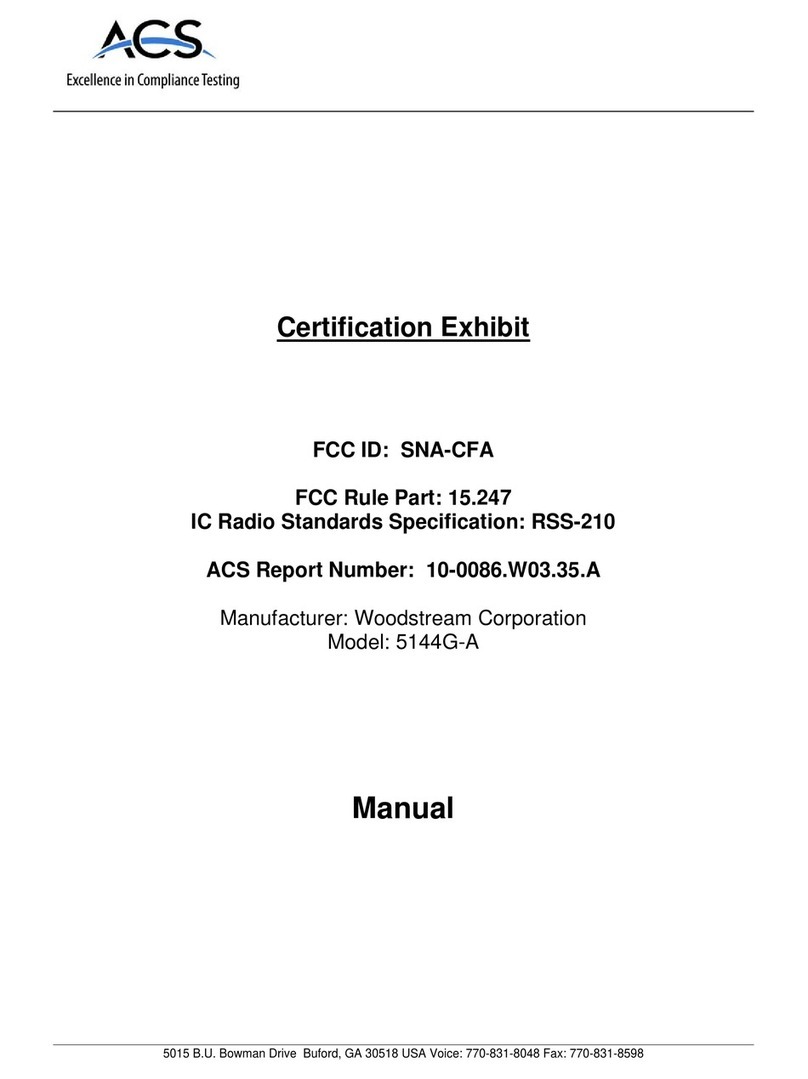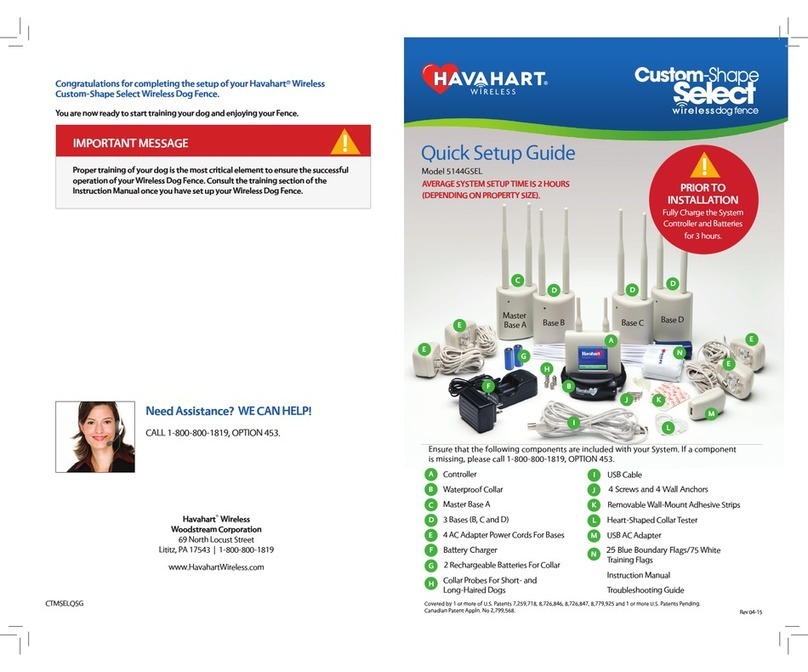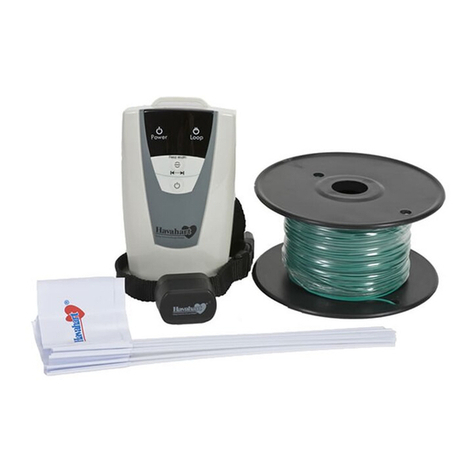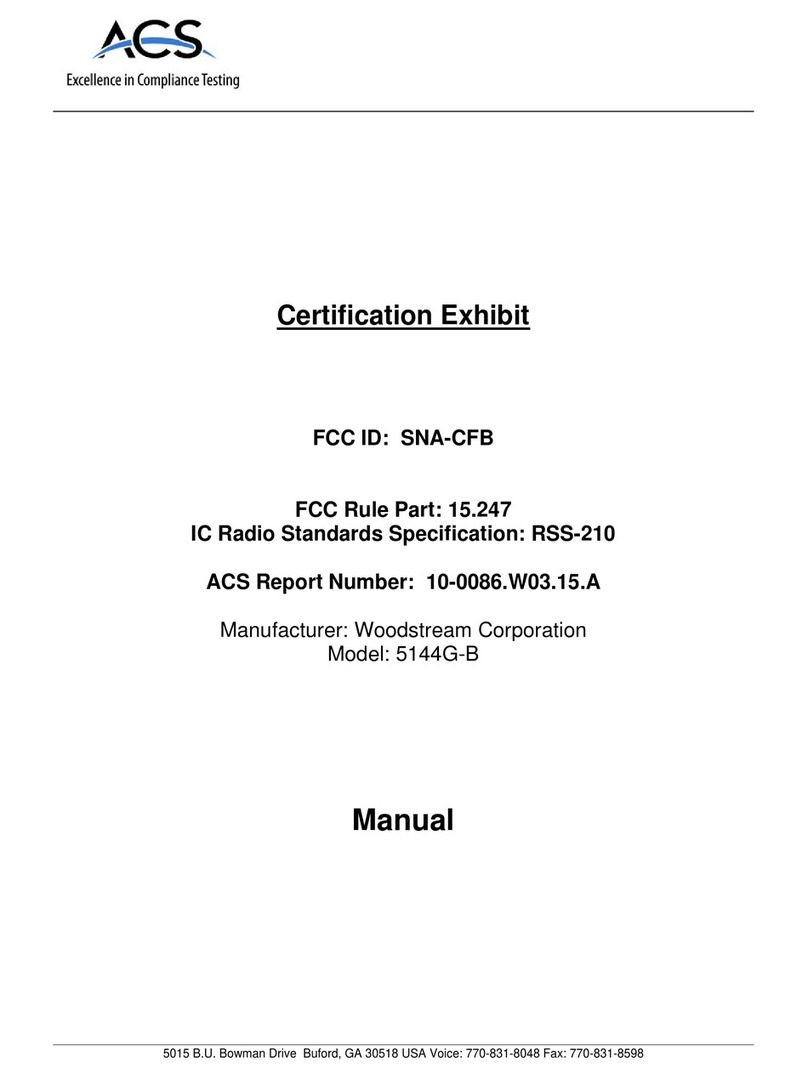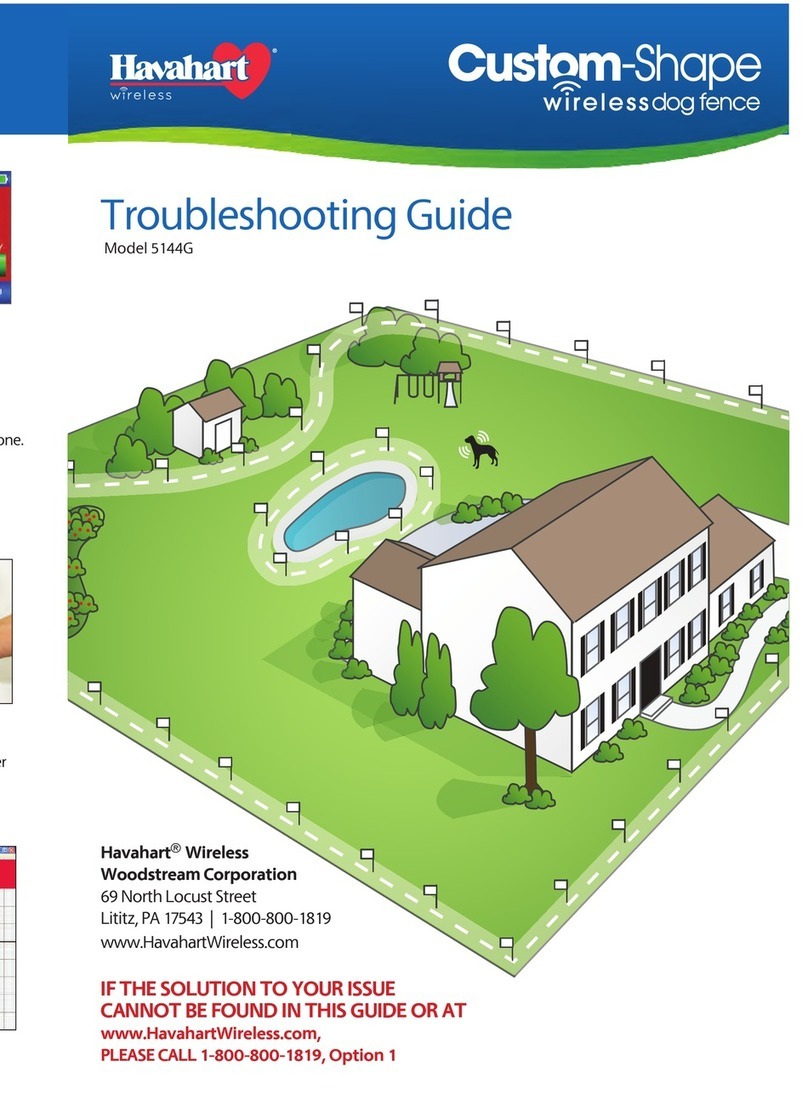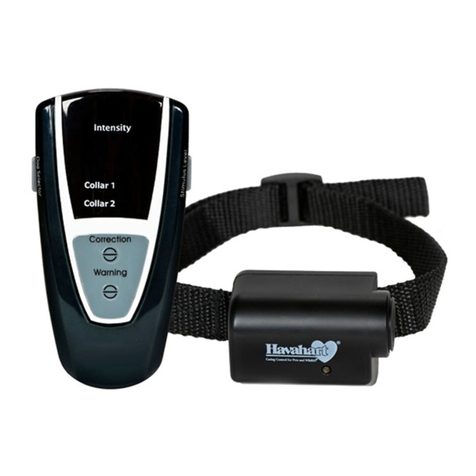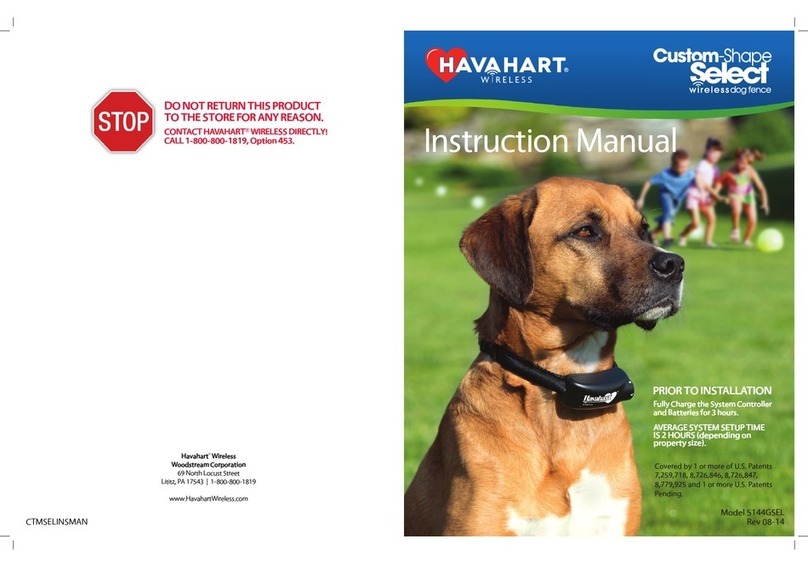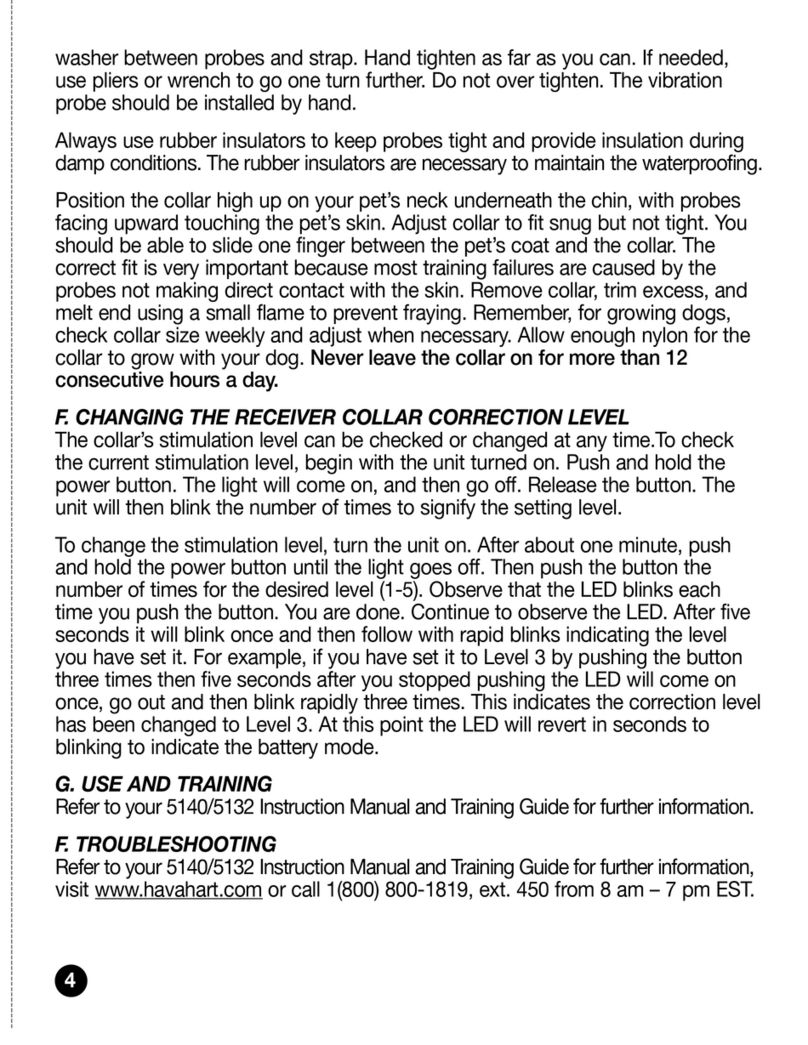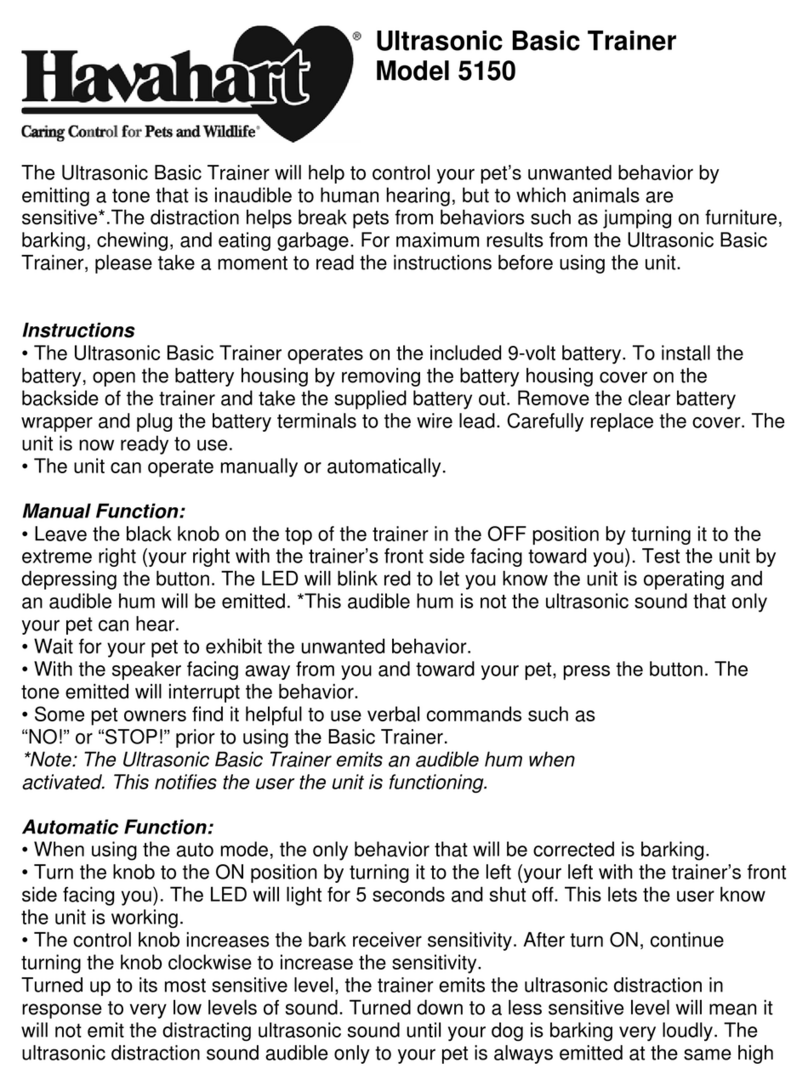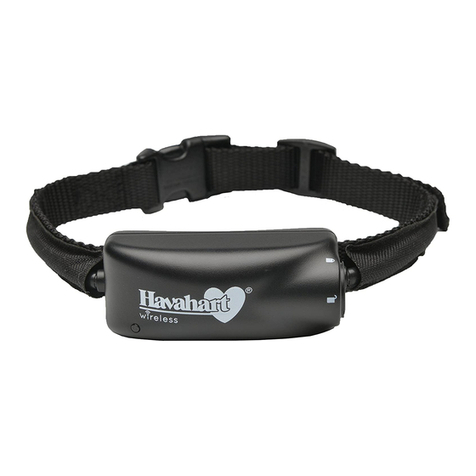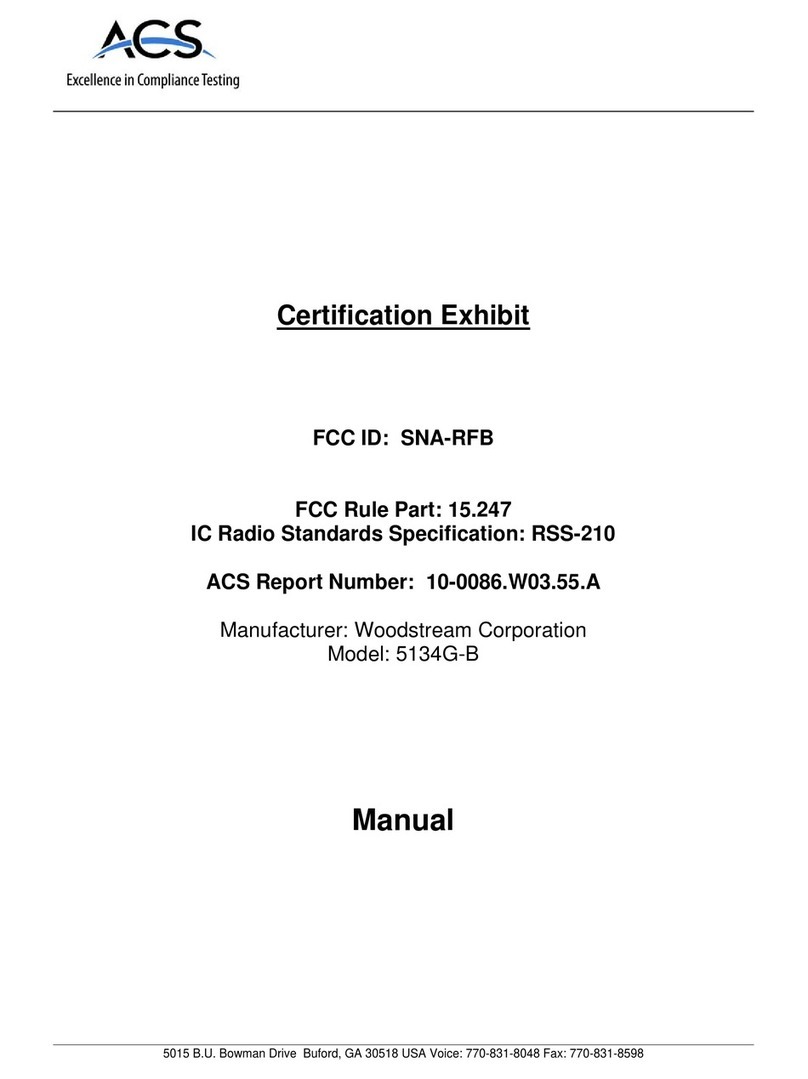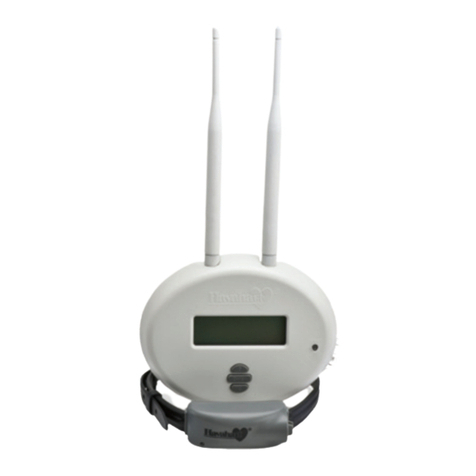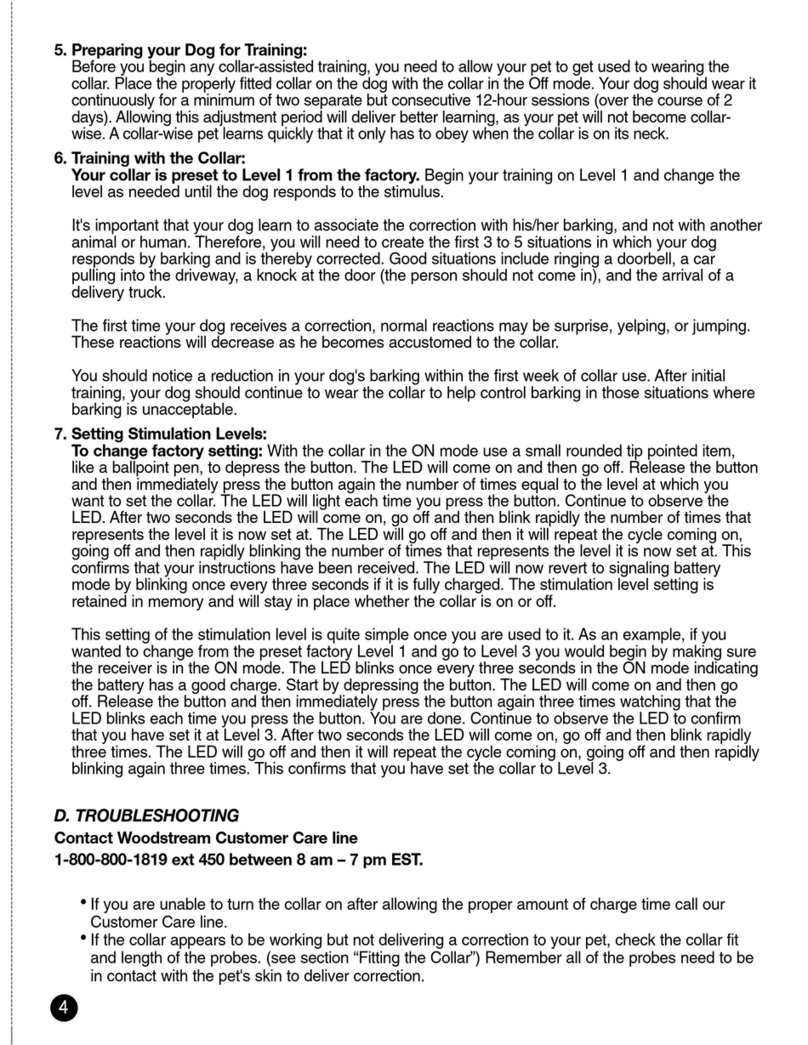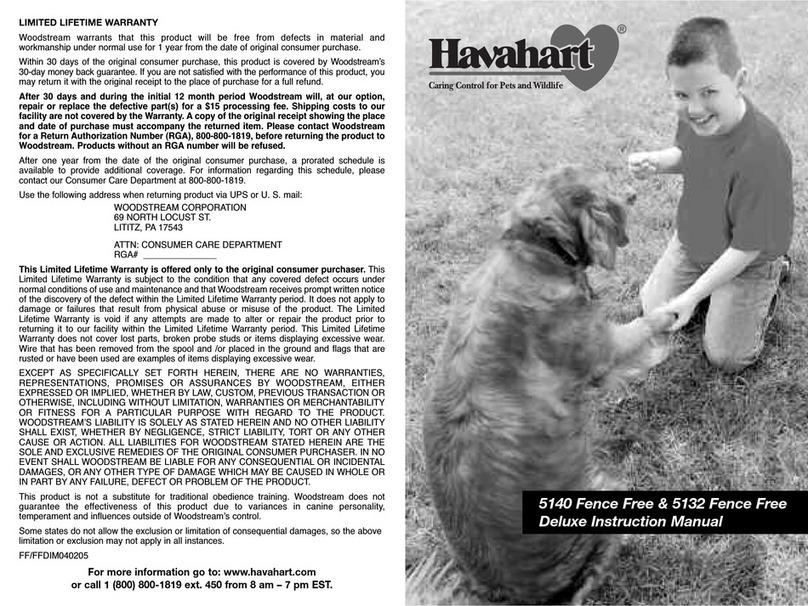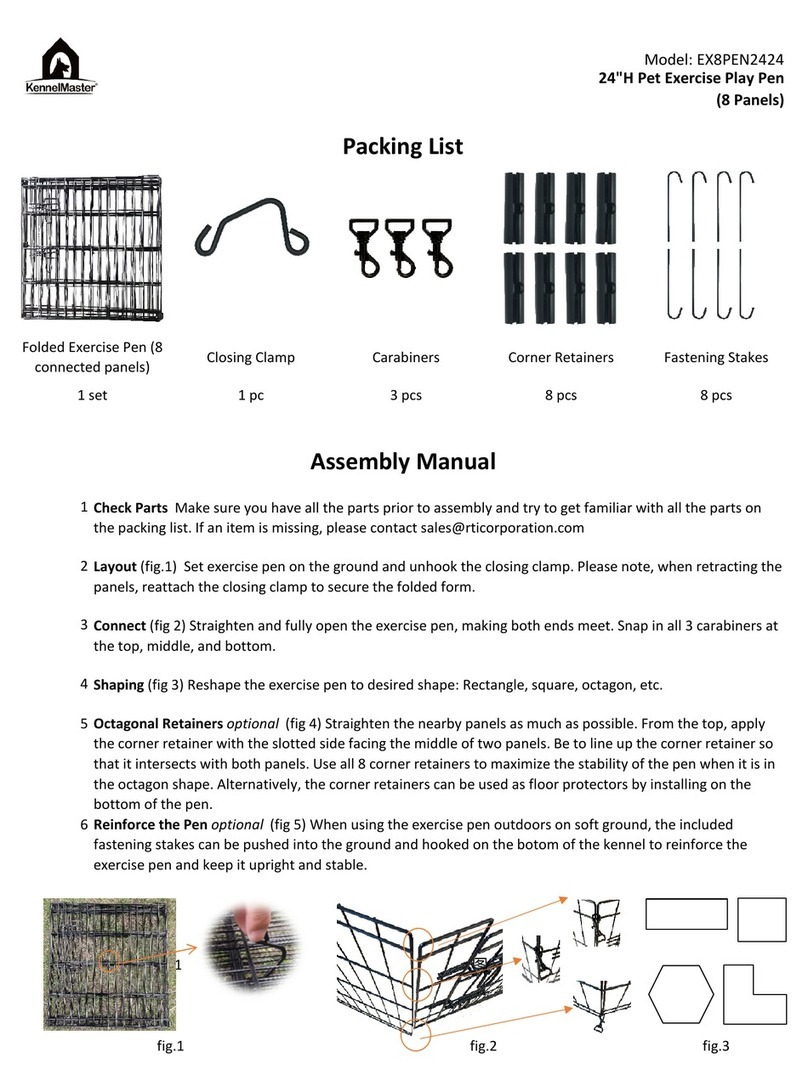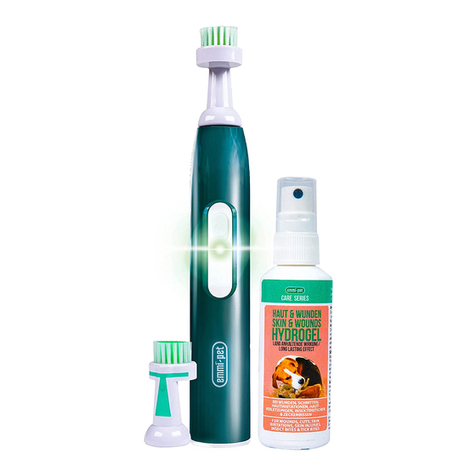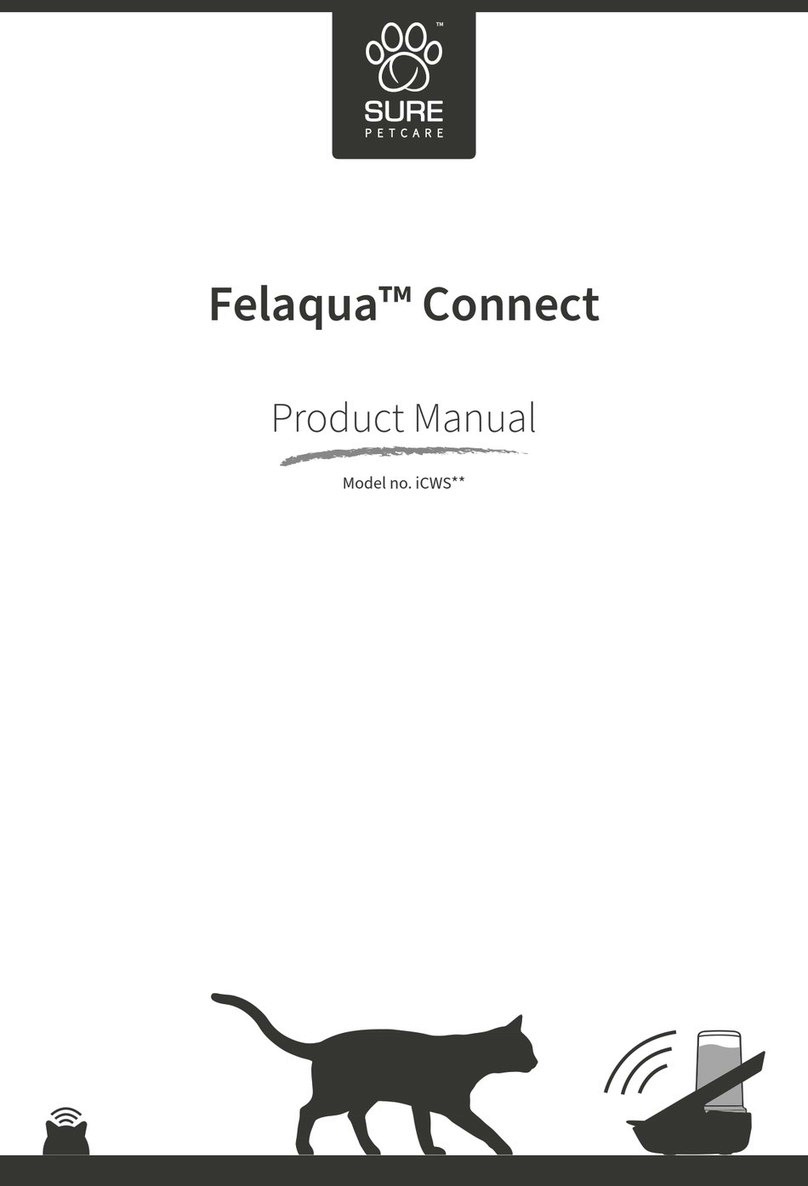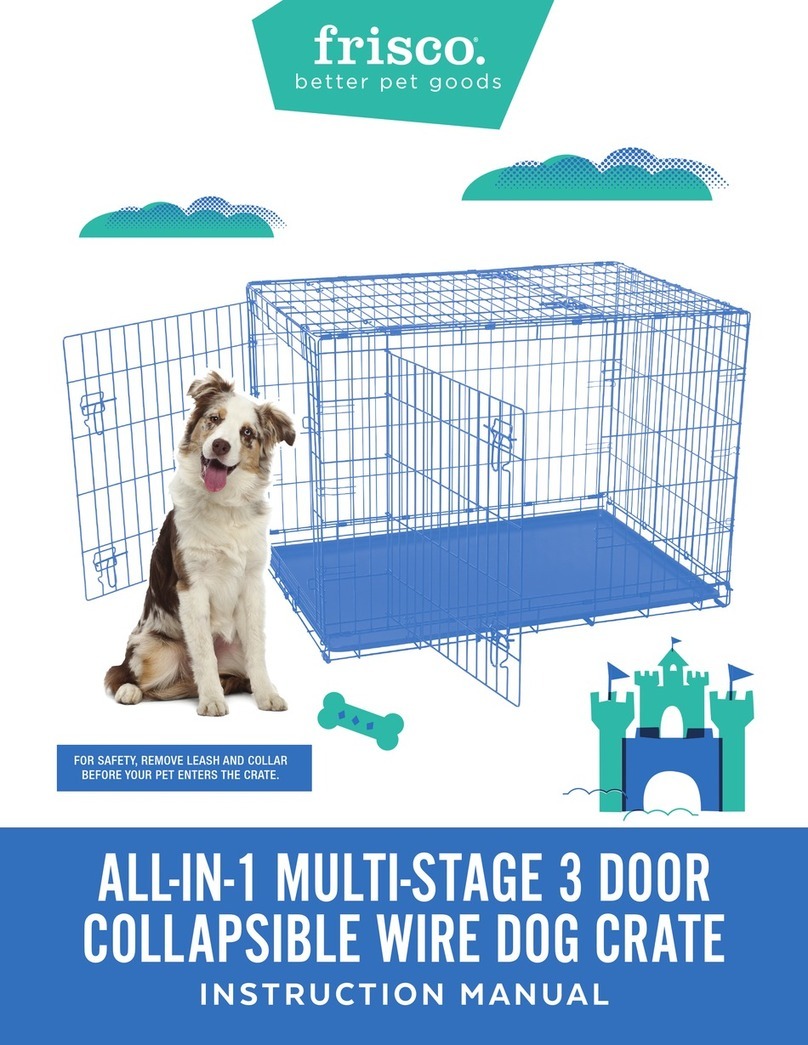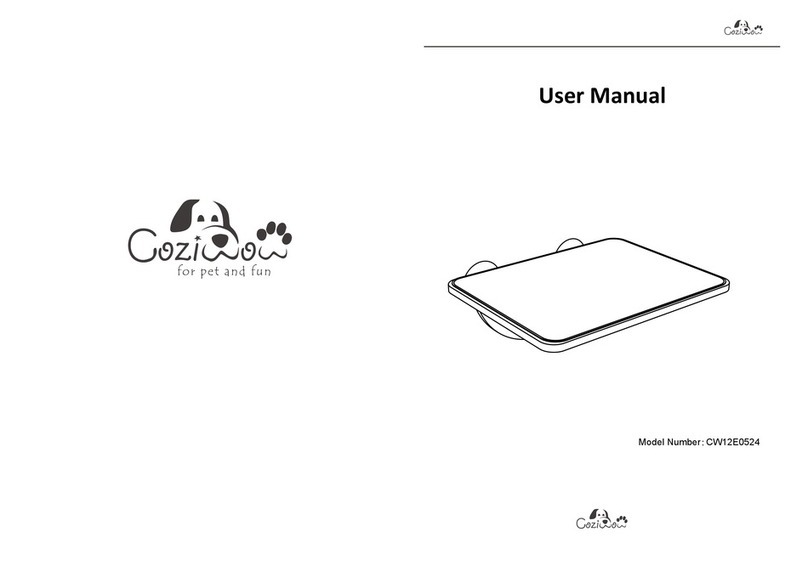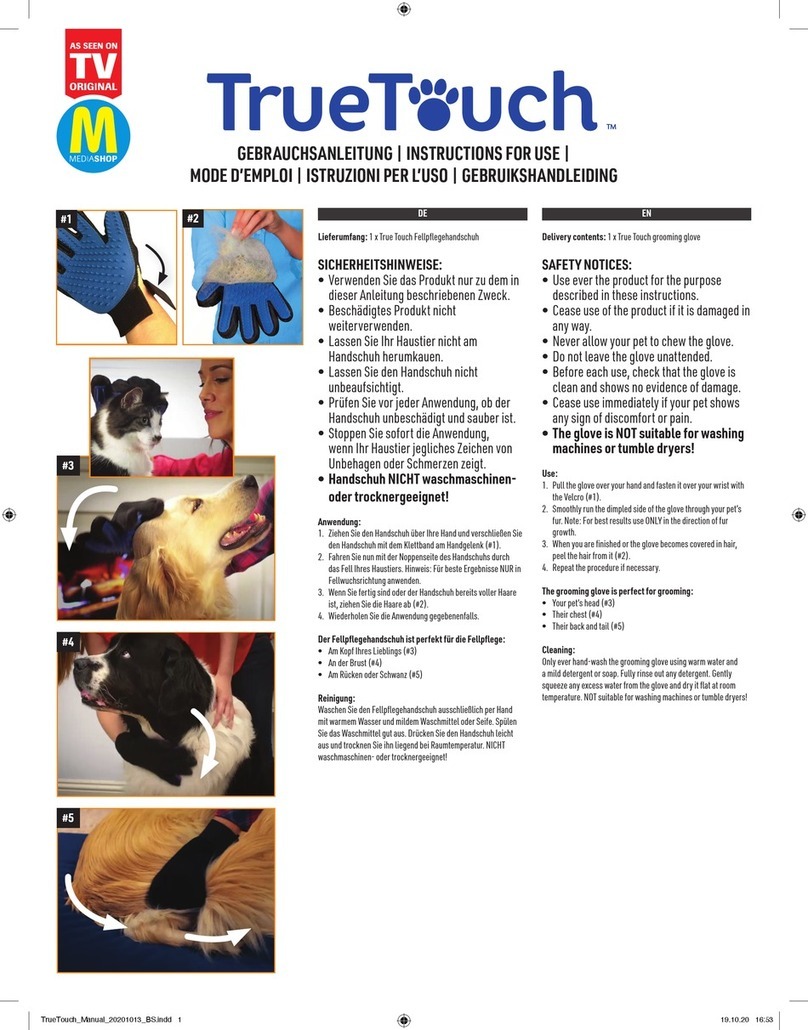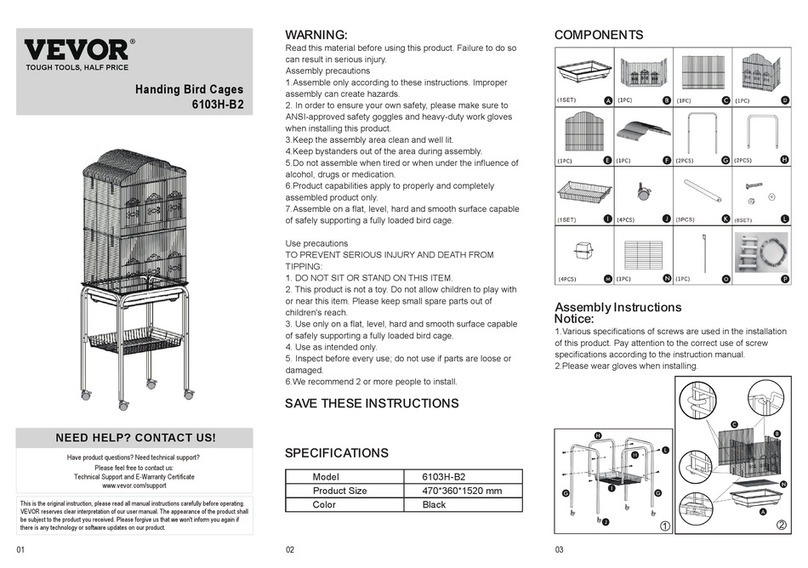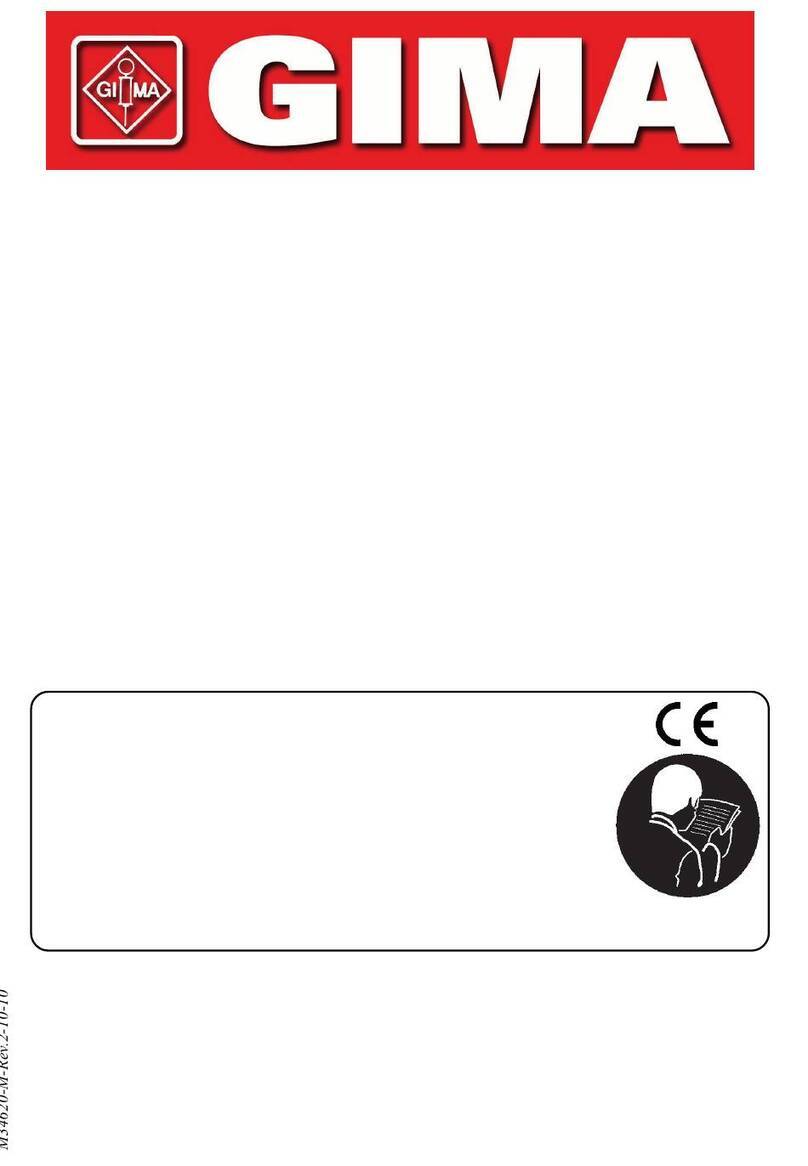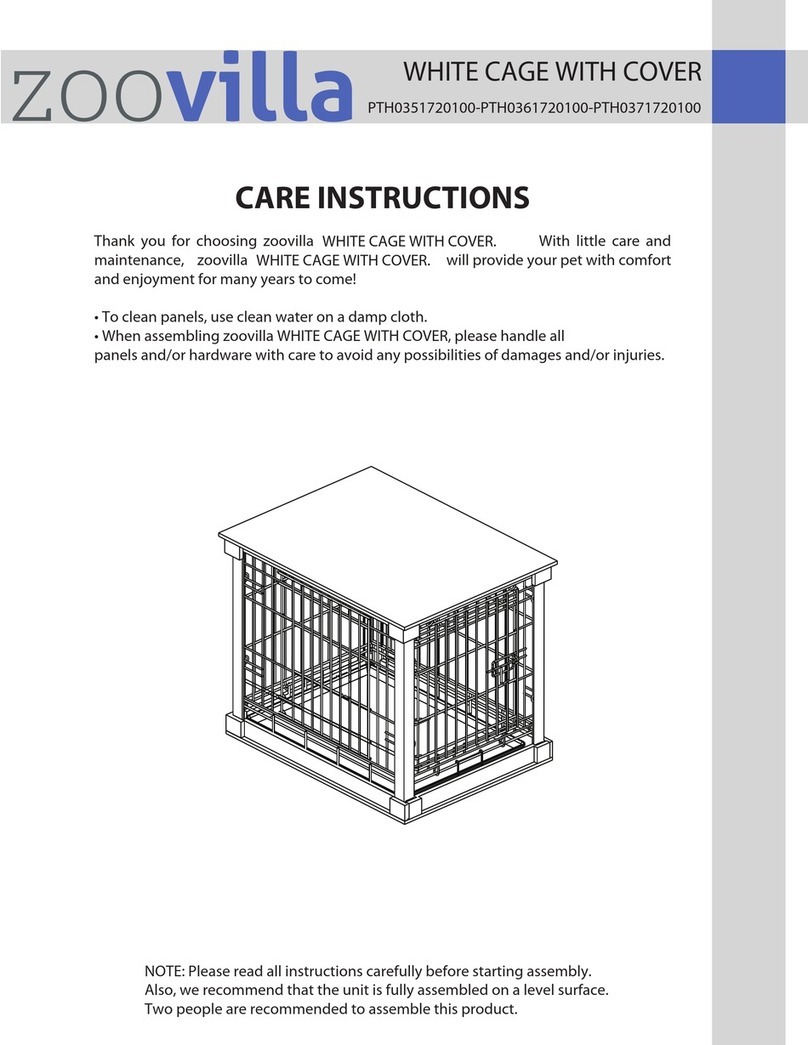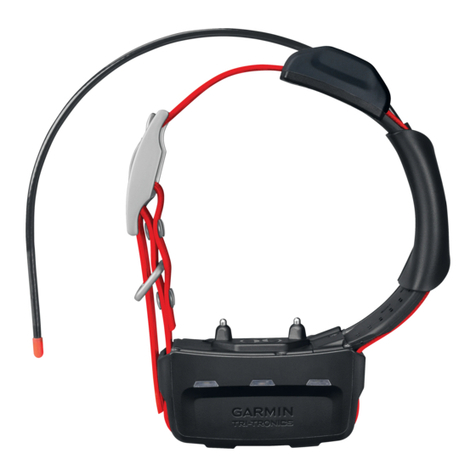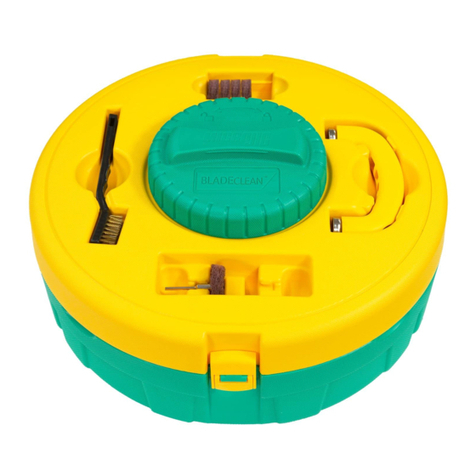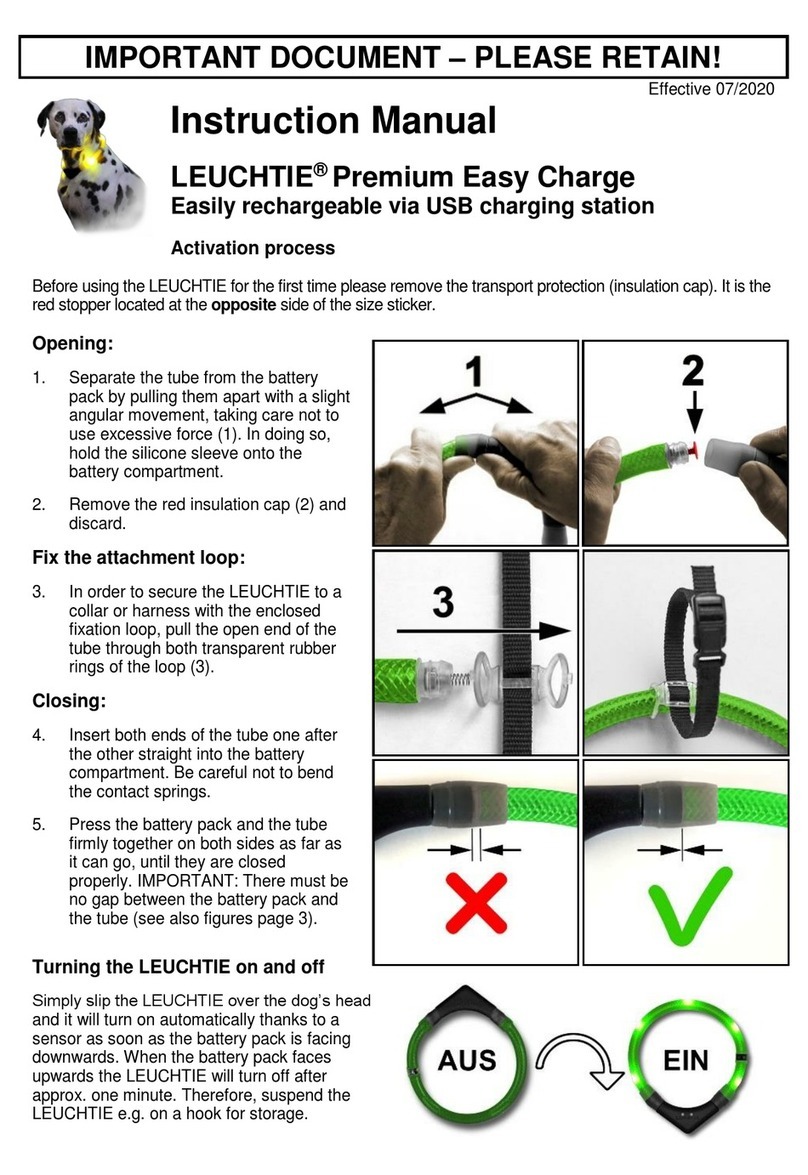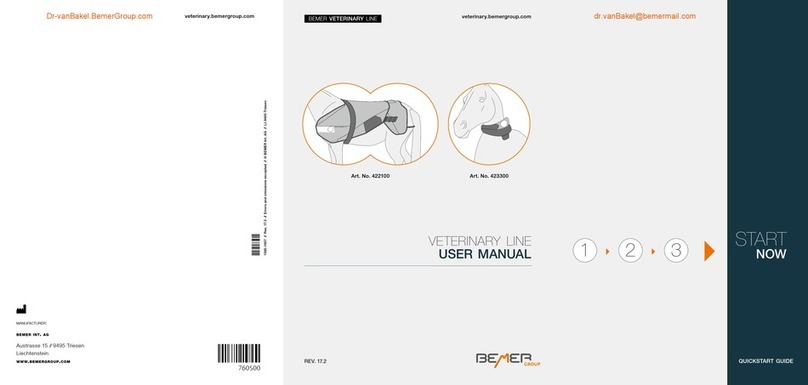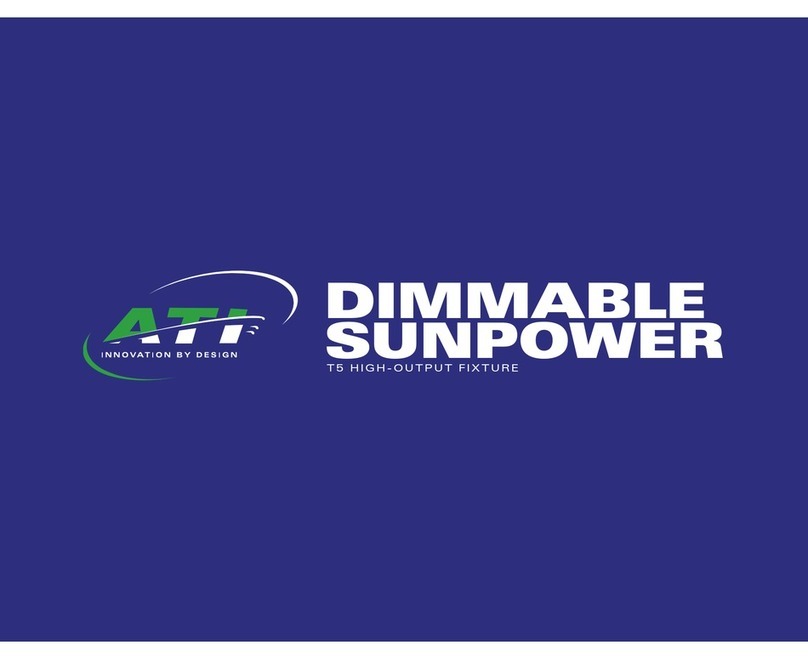
Dogs – Ask neighbors to bring their dog to the outside of the flags.To see if your dog
respects the flags, let your neighbor’s dog play with yours for a few minutes.
Then take the neighbor’s dog out of your yard, let their dog come and go numerous
times.Watch how your dog reacts. If he attempts to cross the flag boundary, pull
him to the safe zone and remind him that the flags are bad. If your dog does not
attempt to cross the boundary, praise and reward your dog in the safe zone.
4. Any time your dog purposely avoids going near the flags, praise warmly.
5. Finish this lesson after successful flag avoidance and a few minutes of
play/relaxation in the safe zone.
6. This section should be repeated 3-5 times each day in different areas of the yard. It
is common for dogs to be somewhat nervous during this stage. The key is to remain
positive with your dog and avoid going inside your house within five minutes of any
correction.
Proceed to Step 4 when:
• Your dog passes 20 consecutive “run-through” tests.
Run-Through Test – Each of the temptations noted earlier qualifies as a test.
Your dog has passed the run-through test when he refuses to go past the flags, but will
walk anywhere else in the yard’s safe zone.
Troubleshooting at Step 3
Problem: Dog does not react after passing flags for two seconds.
Solution: System is turned on and the collar beeps when held a foot off the ground,
at or near the flags. If the collar beeps, the probes may not be making
contact with your dog’s skin. To improve contact, try any of the following:
1) tighten the collar; 2) reposition the collar. If collar beeps and you checked
for correct skin contact, adjust stimulus up one level. If collar does not beep
at or near the flags, check for sufficient battery charge. If there is sufficient
charge and the collar still will not beep, call Woodstream Customer Service
at 1-800-800-1819 ext. 450, 8-5 EST.
Problem: Dog becomes afraid of the yard.
Solution: Skip corrections for a few days and play in the safe zone. Even if
the dog refuses to move around the yard with you, keep the dog
on the leash and pull the dog to the center of the safe zone using
positive commands and treats.
Step 4: Off-Leash Proofing
Goal: Ensure your dog is fully trained to the fence without a leash.
Begin with your dog wearing a fully charged receiver collar set at the correct level for
your pet, a separate collar with a 6-foot leash (the collar and leash should be non-
metal) and system turned on.
1. Follow Step 3 instructions with your dog’s leash trailing on the ground, in case you
need to get a hold of your dog.
2. Use all the temptations and run-through tests from Step 3.
3. If the dog breaks through the fence during this training stage, quickly return your dog
to the safe zone and remind, “NO, bad flags, bad flags!” Soothe and reassure your
dog in the safe zone before repeating temptations.
4. Repeat this step until you are confident that your dog will ignore temptations outside the yard.
4
(Step 2 continued)
Proceed to Step 3 when:
• You have practiced for 3-5 days at this level OR
• Your dog passes 10 consecutive "flag avoidance" tests.
Flag Avoidance Test – Stand near the flag line and pretend not to pay attention.
Success occurs when your dog stops and shows an unwillingness to go near the flags.
You have passed the test when your dog refuses to go near the flags, but will walk
anywhere within the yard’s safe zone.
Troubleshooting at Step 2
Problem: Dog does not react after passing flags for two seconds.
Solution: System is turned on and the collar beeps when held a foot off the ground,
at or near the flags. If the collar beeps, the probes may not be making
contact with your dog’s skin. To improve contact, try any of the following:
1) tighten the collar; 2) reposition the collar. If collar beeps and you checked
for correct skin contact, adjust stimulus up one level (see Section 7 –
“Changing the Receiver Collar Correction Level” in the Instruction Manual).
If collar does not beep at or near the flags, check for sufficient battery
charge. If there is sufficient charge and the collar still will not beep, call
Woodstream Customer Service at 1-800-800-1819 ext. 450, 8-5 EST.
Problem: Dog becomes afraid of the yard.
Solution: Skip corrections for a few days and play in the safe zone. Even if
the dog refuses to move around the yard with you, keep the dog
on the leash and gently lead the dog to the center of the safe zone using
positive commands and treats.
Problem: Dog does not make mistakes, and thus receives no correction.
Solution: After 10 successful avoidances move on to Step 3. Some dogs may learn
the fence after one or two corrections. Four to six is average.
STEP 3: ON-LEASH PROOFING
Goal: Teach your dog to respect the fence when distractions are present.
Begin with your dog wearing a fully charged receiver collar set at the correct level for
your pet, a separate collar with a 6-foot leash (the collar and leash should be non-
metal) and system turned on.
1. If your dog makes a mistake, use the leash to pull your dog back to the safe
zone. Reach out and gently shake a flag, reminding your dog, “NO, bad flags,
bad flags!” Step back a few feet from the flags, gently praise and soothe your
dog.
2. Try walking through the flags a few times, this will ensure your dog knows to stop. If
your dog continues into the correction zone pull your dog back to the safe zone
immediately.
3. Success will depend on how well you “simulate” temptations your dog may face
when in the yard. Real-life distractions include neighbors, animals, including other
dogs, cars, etc. Ask yourself, “What excites my dog?” Examples:
Food – Toss your dog’s favorite treats past the flags.
Toys – Try tossing a favorite ball or toy past the flags.
3




